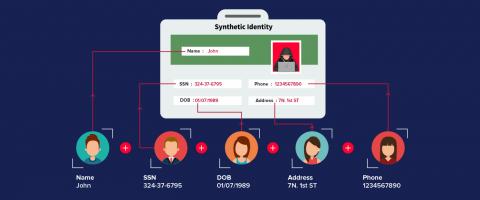12 mobile device features that help ensure corporate data security
Our hearts might skip a beat every time we put our hands in our pocket and can’t find our mobile phone, and we’re filled with dread at the thought of losing the device that contains our personal photos and the corporate data saved on it. But just misplacing a device is not how we put corporate data at risk; small actions in our day-to-day lives can have a major impact on the safety of the corporate data on our devices.











